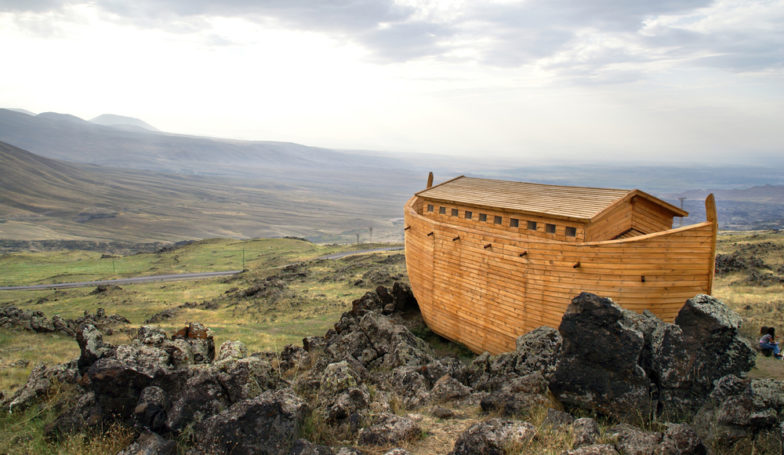Stellar Metallicity and Planet Migration Relationship Shows Design
TNRTB Archive – Retained for reference information
Research in planetary formation illuminates more evidence of design in the formation of the solar system. Jupiter plays a critical role in minimizing the rate of cometary and asteroid impacts on Earth and, therefore, gas giants can be a required element of a planetary system to contain a life-supporting planet like Earth. It also seems that these gas giants migrate from larger to smaller orbits after they are formed. Two planetary scientists determined that if such migrations occur, the amount of metals in the host star necessary for gas giants to form increases as the formation distance from the star increases. Since Jupiter formed at quite a large distance from the sun, its formation requires a sun with a high concentration of metals. This constraint means that the window in both time and space when the Milky Way Galaxy would support the planetary formation seen in the solar system is small. RTB’s creation model predicts that scientists will continue to find such fine-tuning as they better understand processes that formed the solar system.
- W. K. M. Rice and Philip J. Armitage, “Quantifying Orbital Migration from Exoplanet Statistics and Host Metallicities,” Astrophysical Journal 630 (2005): 1107-13.
- https://www.journals.uchicago.edu/ApJ/journal/issues/ApJ/v630n2/62730/brief/62730.abstract.html%20
- Related Resource
- Product Spotlight
- The Creator and the Cosmos, 3rd ed., by Hugh Ross





